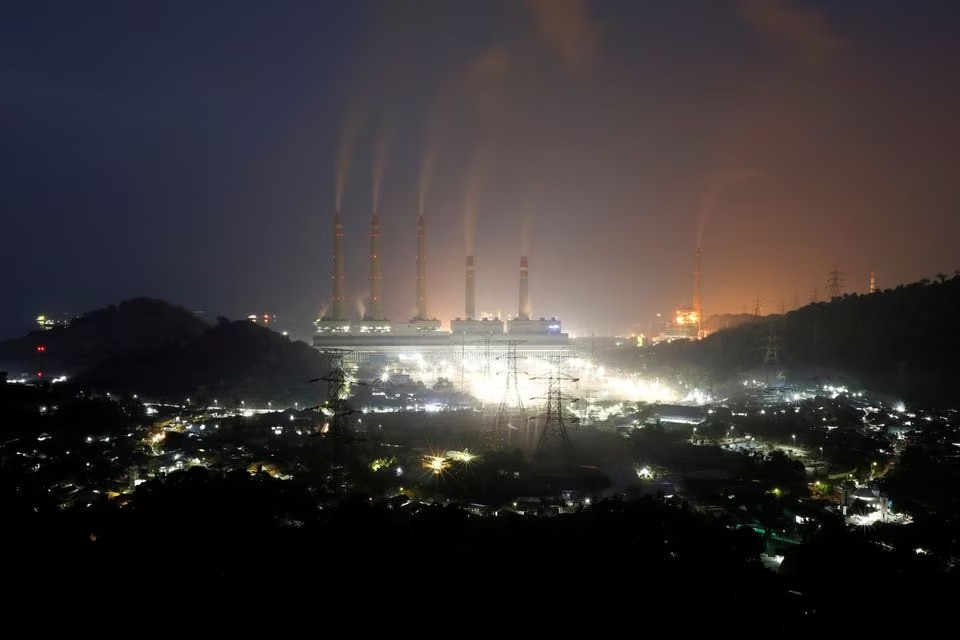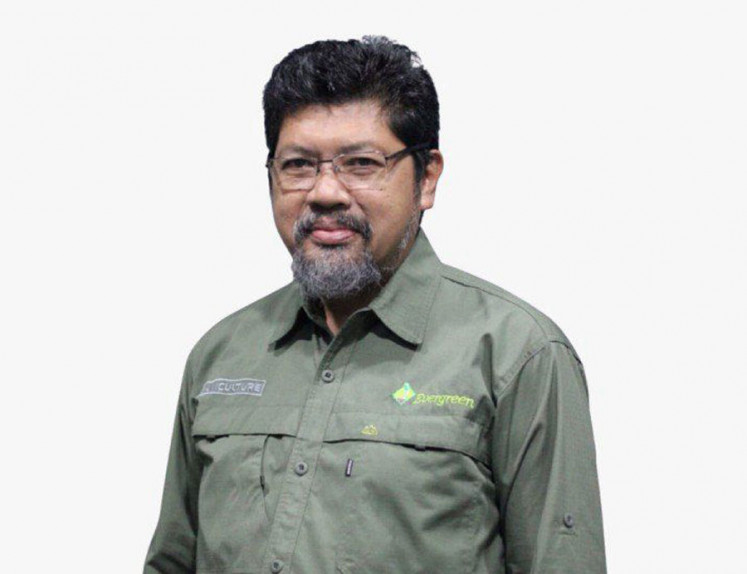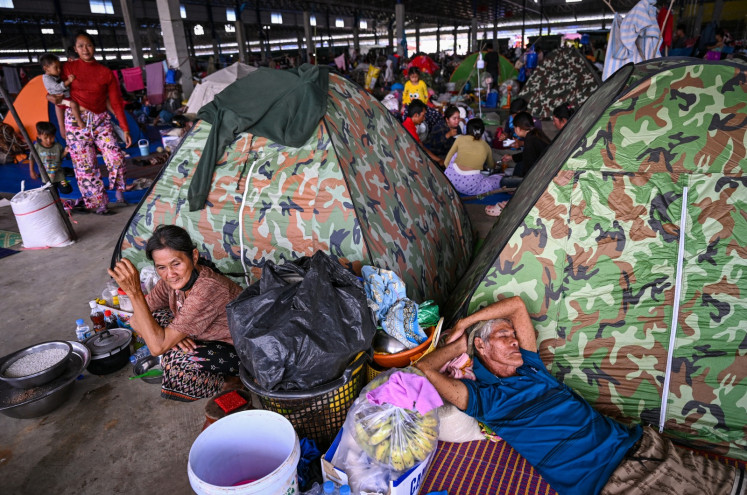Popular Reads
Top Results
Can't find what you're looking for?
View all search resultsPopular Reads
Top Results
Can't find what you're looking for?
View all search resultsPursuing a coal-to-liquids boon despite the costs
The domestic mining and energy industry say the indirect coal subsidies in their current format are insufficient to incentivize investment in coal gasification.
Change text size
Gift Premium Articles
to Anyone
At a time of mounting global pressure toward a carbon-free energy system, Indonesia remains committed to coal.
That’s right – despite Indonesia agreeing to phase out coal-fired power plants by the 2040s and achieve net-zero power by 2050, the government and international companies have signaled intentions to invest billions of dollars toward turning coal into liquid and gas, at the continued expense of taxpayers and consumers.
Recent history in other countries, such as South Africa, show that not only would this lock in Indonesia’s fossil fuel reliance past its peak demand and economic viability, but it would inflict devastating consequences to Indonesia’s health and environment. Meanwhile, more cost-effective and climate-friendly alternatives are available.
Indonesia, the world’s largest coal exporter, now plans to develop coal resources as part of a coal gasification strategy. This gasification is a step toward generating several different products, such as liquid fuels. Key products they aim to generate through beneficiation – a process of turning raw material into a higher-grade product – include methanol and dimethyl ether, with the latter potentially substituting for imported liquefied petroleum gas to Indonesian households.
The opportunity costs of investing in fossil fuels have grown significantly over the past decade, given that newer and lower-carbon technologies can build new capabilities for countries to domestically decarbonize and create new decarbonized goods for an international market. To see what coal lock-in might look like for Indonesia, South Africa provides a cautionary tale.
South Africa began investing in domestic coal resources in the 1950s to ensure energy security and growth in new sectors within the country. Beyond electricity generation, South Africa’s coal reliance is embodied in Sasol, a vertically integrated petrochemical company.
With an initial focus on liquid fuels, Sasol has expanded its product portfolio over time to include important chemical by-products that result from the coal-to-liquids (CTL) process. The company provides inputs to a number of downstream chemical value chains, such as plastics, fertilizers, and explosives, to name a few.
The South African CTL industry has generated significant environmental and human health costs. Together, Sasol and Eskom, the coal-dominant electricity utility, account for over half the country’s carbon dioxide (CO2) emissions, and Sasol alone accounts for some 11 percent of CO2 emissions nationally.
Sasol’s Secunda complex is the single largest CO2-emitting facility in the world. The facility also causes devastating water and air pollution across surrounding regions and communities, facing charges of illegal waste disposal and dumping contaminated water into a major river. It has also imposed significant human health costs from chronic respiratory illnesses, and spurred legal challenges against the government.
Additionally, Sasol’s operations pose a substantial economic cost to consumers, as South African government subsidies have led to higher fuel costs for consumers and were integral to the Secunda complex’s development in the 1980s.
Sasol’s coal reliance has locked the South African liquid fuel and petrochemical value chains into carbon-intensive production, making transitioning to lower-carbon production exceedingly difficult and putting exports at risk.
Such technological lock-in can and does impose costs on investors and countries, as it ties countries to certain technologies that may result in substantial sunk costs and exposes them to significant negative impacts.
Not only does the ongoing production of CO2 and other pollutants continue to contaminate the planet and fuel climate change, but countries who do so risk facing domestic and international policy consequences, such as carbon taxes and border carbon adjustment mechanisms. Border carbon adjustments, for example, are a growing policy tool for countries and trading blocs to reduce their imported carbon emissions.
Back in Indonesia, CTL ambitions continue apace, even in the face of economic risk. In October 2021, Indonesian firm Powerindo Cipta Energy signed an agreement with China’s state-owned China National Chemical Engineering Corporation to commence with a feasibility study assessing the viability of a US$560 million coal-to-methanol plant. A month later, United States-based Air Products announced a plan to invest $13-15 billion into several gasification projects with support from the Indonesian government, but then pulled out in March of this year.
Furthermore, the state has incentivized the development of coal gasification markets by granting companies with mining licenses and permits relief from paying coal royalties if they invest in downstream industries. This represents an indirect coal subsidy to support CO2 production, amid an environment where countries are pursuing decarbonization.
This policy direction has been met with resistance by the sectors it intends to support. The domestic mining and energy industry say the indirect coal subsidies in their current format are insufficient to incentivize investment in coal gasification.
This view was supported by a recent assessment by the Institute for Energy Economics and Financial Analysis (IEEFA) in Indonesia, which indicates that recent CTL projects do not sufficiently account for stranded asset risk, commodity price risk, volatility in returns on investment, and the profitability of the end-product.
Based on the IEEFA assessment, the true cost of the investment would necessitate significant government subsidies in order to support viable downstream coal gasification and related products, indicating taxpayers could foot the bill for costly projects, over and above the health and environmental costs associated with coal use.
Reflecting on the South African experience, investments into coal beneficiation are no longer appropriate in the current day. Such investments not only face financial risks, but also amplify transition risks, as the inevitable decline in carbon-intensive production will only exacerbate the domestic social and economic uncertainty that will accompany reduced fossil fuel demand. Instead, emerging technologies, such as hydrogen, show great promise to reduce emissions and generate employment.
Countries like Indonesia are better off pursuing industrial development strategies in new and sustainable industries that do not attract significant risk and cost, nor lead to significant harm to the environment and human health.
***
The writer is a senior economist with Trade & Industrial Policy Strategies (TIPS).











